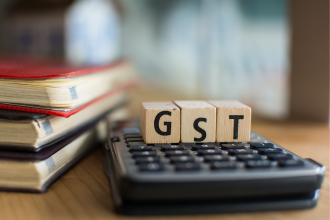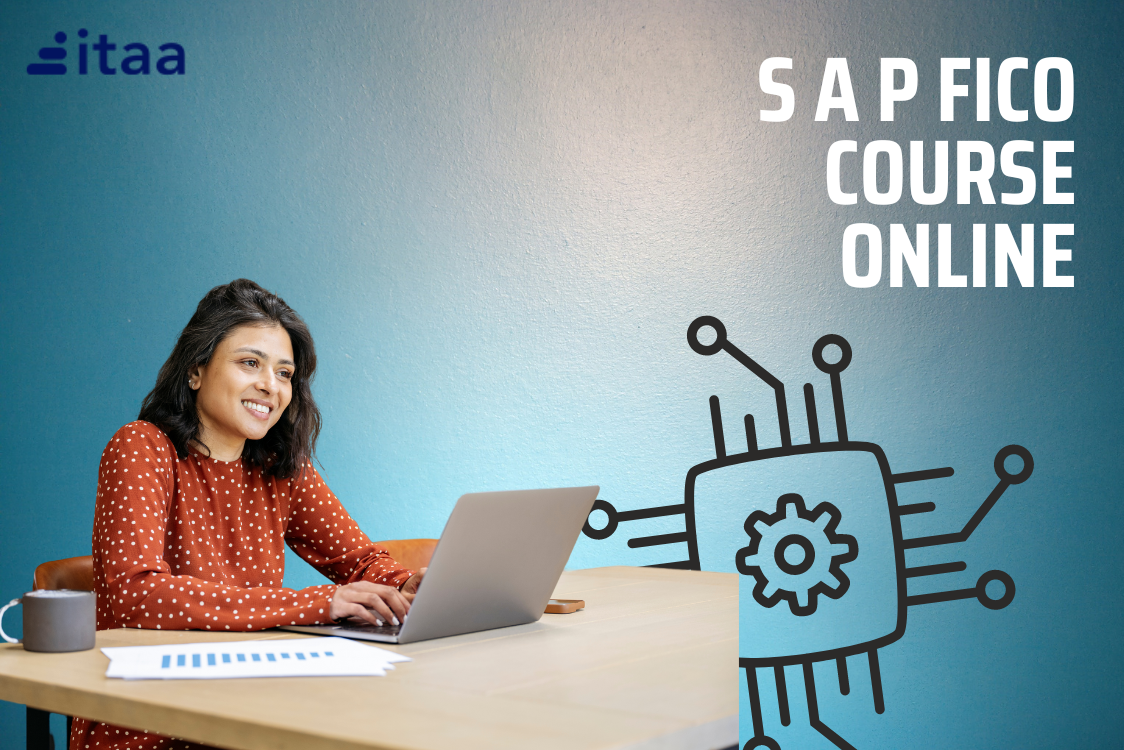
Introduction
The Goods and Services Tax (GST) has been a pivotal tax reform in India, aimed at simplifying the country’s indirect tax system and promoting transparency. As the GST system continues to evolve, one of the latest developments that has garnered significant attention is the implementation of E-invoicing. Explore the top-notch GST Practitioner Course in Mumbai designed for aspiring tax professionals. Our comprehensive training covers GST laws, compliance, and practical insights. Join our expert-led sessions to gain valuable skills and advance your career. Explore the latest regulations and the practical implementation of E-invoicing under gst online course.This technology-driven initiative has the potential to streamline the invoicing process, reduce tax evasion, and enhance compliance.
The Need for E-Invoicing
Before delving into the latest regulations and implementation of E-invoicing, it’s essential to understand why this step was deemed necessary in the first place. The introduction of E-invoicing can be attributed to several key factors:
Reduction in Tax Evasion: The traditional paper-based invoicing system allowed room for tax evasion, as it was challenging for tax authorities to track every transaction accurately. With its real-time reporting, E-invoicing aims to close this gap and reduce tax fraud.
Simplification and Standardization: E-invoicing brings standardization to the invoicing process, simplifying compliance for businesses. It helps in ensuring that invoices are structured uniformly, making it easier for both taxpayers and tax authorities to handle.
Enhanced Transparency: Real-time reporting and sharing of invoices with the government bring transparency to the entire taxation system. It allows for better tracking and monitoring of transactions, ultimately aiding in preventing tax evasion.
Reduced Compliance Burden: By automating the invoicing process, businesses can reduce the manual effort required for tax compliance. E-invoicing is expected to minimize errors and streamline the overall compliance process.
Latest Regulations on E-Invoicing
To comprehend the latest regulations on E-invoicing, one must be aware of the evolution of the E-invoicing system in India. The E-invoicing system in India was introduced in phases and expanded to various businesses. As of my last knowledge update in September 2021, the following were the latest regulations in place:
Applicability: E-invoicing was initially mandatory for businesses with an annual turnover exceeding Rs. 500 crores. Subsequently, the threshold was lowered, making it applicable to businesses with a turnover of Rs. 100 crores and above.
Document Types: E-invoicing covers a range of documents, including tax invoices, credit notes, debit notes, and export invoices.
E-invoicing Portal: The government introduced the Invoice Registration Portal (IRP) for generating E-invoices. Businesses were required to upload their invoices to the IRP to validate and generate unique Invoice Reference Numbers (IRN).
Real-time Reporting: E-invoicing involves the real-time reporting of invoices to the GST portal. This was intended to provide tax authorities with instant access to transaction data.
QR Code: Invoices generated through the E-invoicing system were required to have a Quick Response (QR) code. This allowed easy verification and validation of the invoice.
Exemptions: Certain categories of businesses, such as banks, insurance companies, and Non-Banking Financial Companies (NBFCs), were initially exempt from E-invoicing requirements.
These regulations might have evolved since then. The government has been progressively implementing E-invoicing in a phased manner and is likely to continue making adjustments to the system to ensure smoother adoption.
Implementation of E-Invoicing
The implementation of E-invoicing can be a significant undertaking for businesses. It involves a shift from traditional paper-based invoicing to a digital and standardized process. Here are the critical steps involved in the practical implementation of E-invoicing:
Registration on the E-Invoicing Portal: The first step for businesses is to register on the Invoice Registration Portal (IRP). This involves providing necessary business details and obtaining access to the portal.
Integration with Accounting/ERP Software: Businesses need to integrate their accounting or ERP software with the E-invoicing system. This enables seamless generation and transfer of E-invoices to the IRP.
Generating E-Invoices: Once integrated, businesses can generate E-invoices in the prescribed format. These invoices include all the standard details required by the GST law and should have a unique IRN.
Validation and QR Code: E-invoices are uploaded to the IRP for validation. The IRP checks the invoice against various parameters and generates a QR code. The validated invoice is then sent back to the business.
Transmission to Recipient: The E-invoice is then shared with the recipient, who can download it and use it for compliance and reconciliation.
Real-time Reporting: The invoice data is reported in real-time to the GST portal, providing the tax authorities with access to transaction details.
Reconciliation: Businesses must ensure that the E-invoices match with their accounting records. Any discrepancies need to be reconciled promptly.
Challenges and Benefits
The implementation of E-invoicing under GST comes with its share of challenges and benefits:
Challenges:
- Initial Implementation Costs: Businesses may incur initial costs in terms of software integration, training, and compliance adjustments.
- Compliance Burden: The transition to E-invoicing can be complex and may increase the compliance burden for businesses initially.
- Technical Issues: Technical glitches or issues in E-invoicing software can disrupt operations.
Benefits:
- Reduction in Tax Evasion: E-invoicing significantly reduces the scope for tax evasion, contributing to higher tax collections.
- Simplified Compliance: Once the E-invoicing system is integrated, compliance becomes more straightforward and less prone to errors.
- Enhanced Transparency: The real-time reporting and tracking of invoices promote transparency in the taxation system.
- Streamlined Audits: Tax authorities can access transaction data efficiently, which can streamline audit processes.
- Improved Business Processes: E-invoicing encourages businesses to adopt digital and standardized processes, which can lead to improved efficiency.
Conclusion
E-invoicing is a significant step in the evolution of the GST system in India. While it comes with challenges, its benefits in reducing tax evasion, simplifying compliance, and enhancing transparency are substantial. To stay informed about the latest regulations and implementation practices related to E-invoicing under GST, businesses must regularly check for updates from the GST authorities. Compliance and adaptation to the evolving system are crucial for businesses to thrive in the changing taxation landscape. It’s essential to seek professional advice and ensure your business complies with current E-invoicing regulations and practices.
As a leading education provider in Mumbai, ITAA Education takes immense pride in offering a diverse range of online courses designed to empower individuals with knowledge and skills that are both relevant and in demand in today’s fast-paced world. Our belief in the transformative power of learning underpins our commitment to education.
We provide comprehensive online courses that are meticulously crafted and regularly updated to align with the latest industry trends. Our mission is to ensure our students gain a competitive edge in their respective fields. We offer a user-friendly online learning platform that allows for flexible learning, making education accessible to everyone, regardless of location or schedule constraints.
We are committed to providing excellence in education and helping individuals reach their full potential. Your journey to success begins with ITAA Education.


